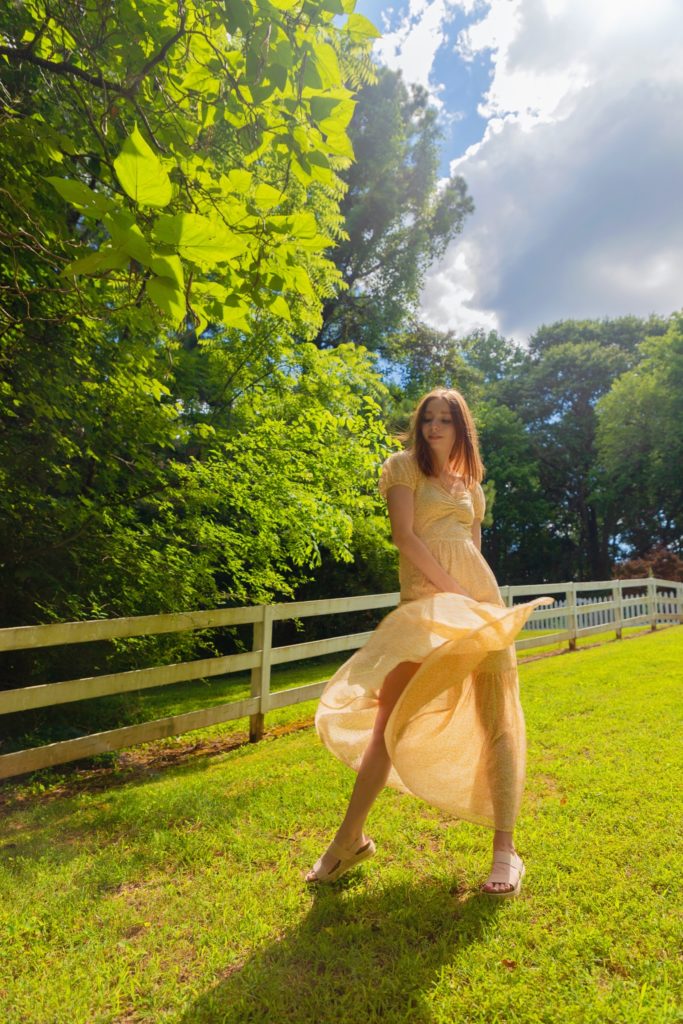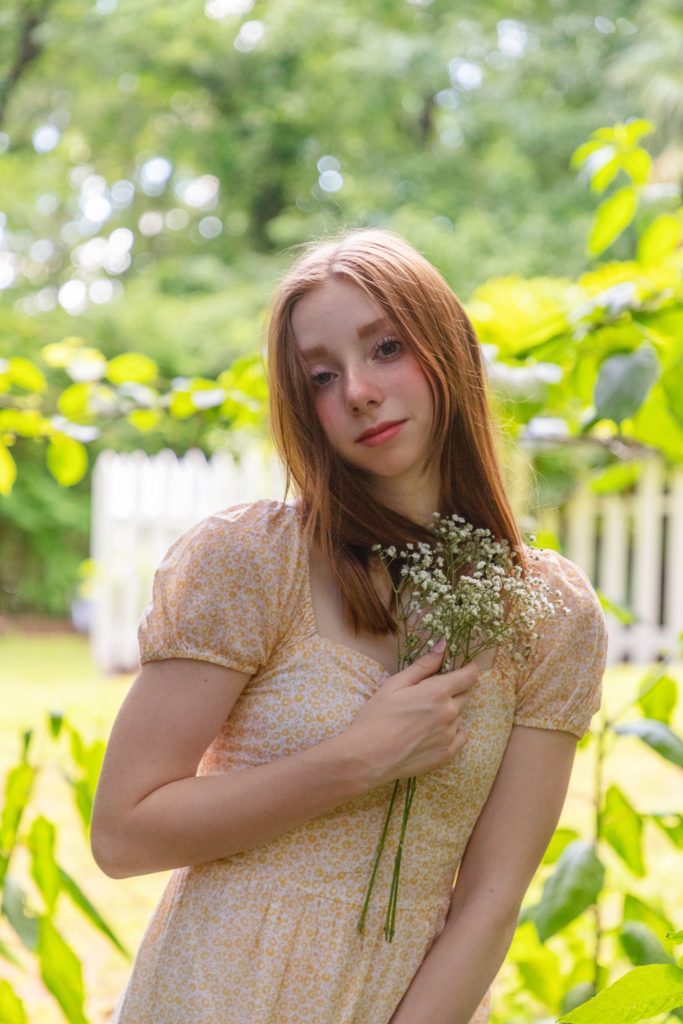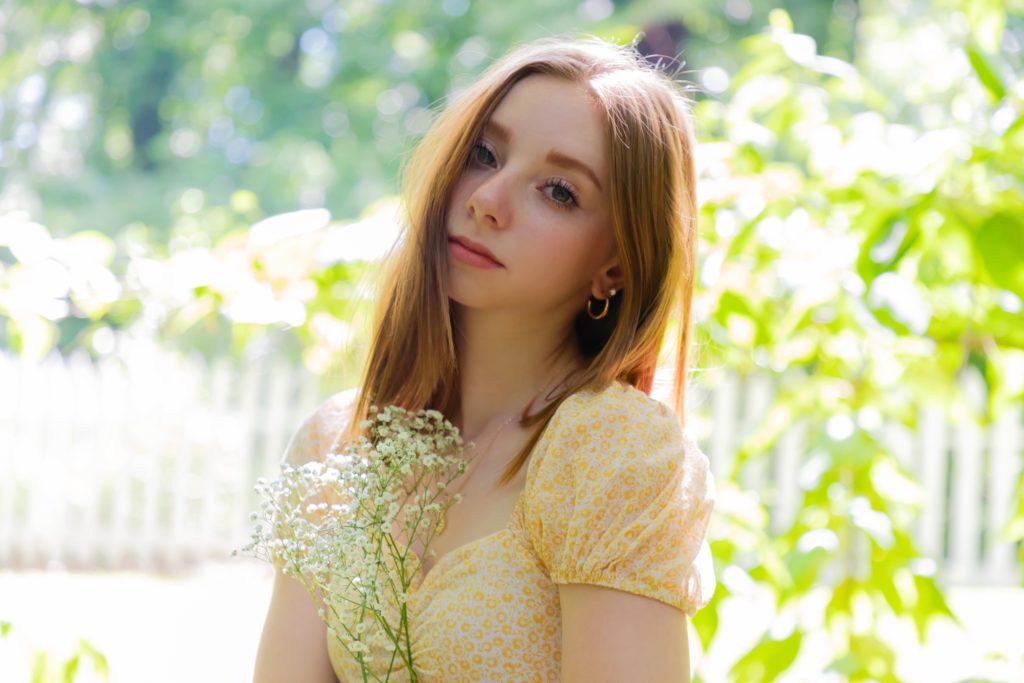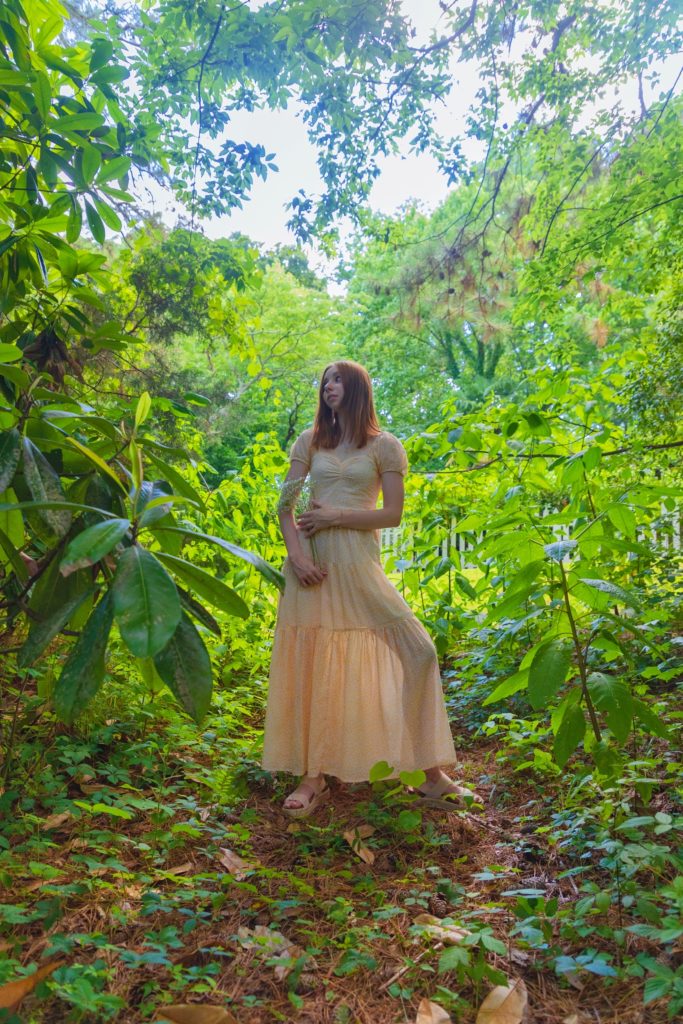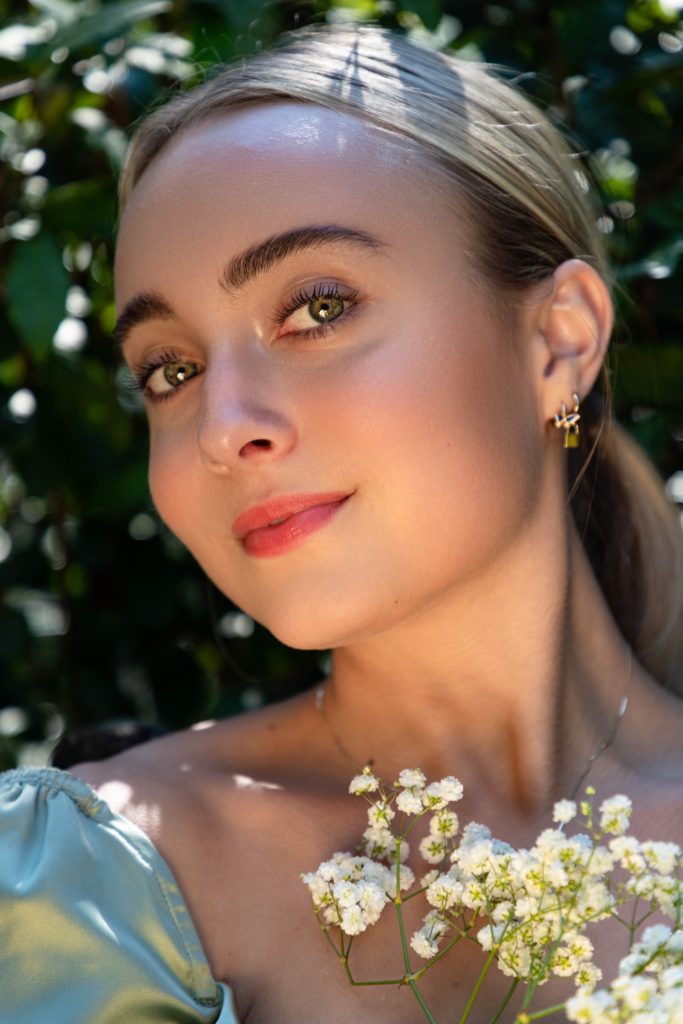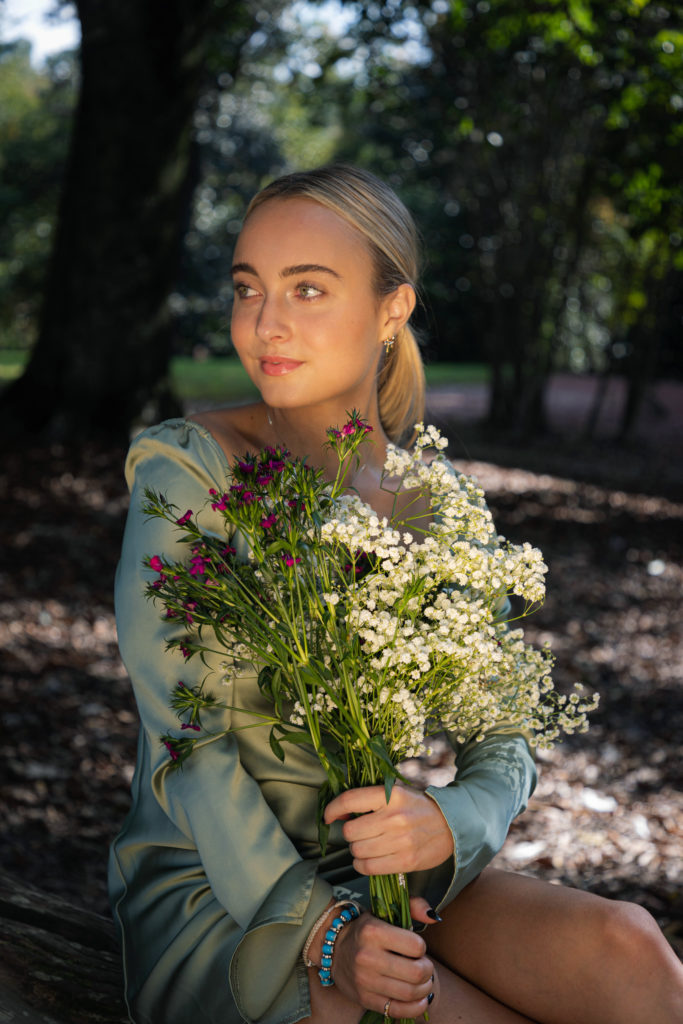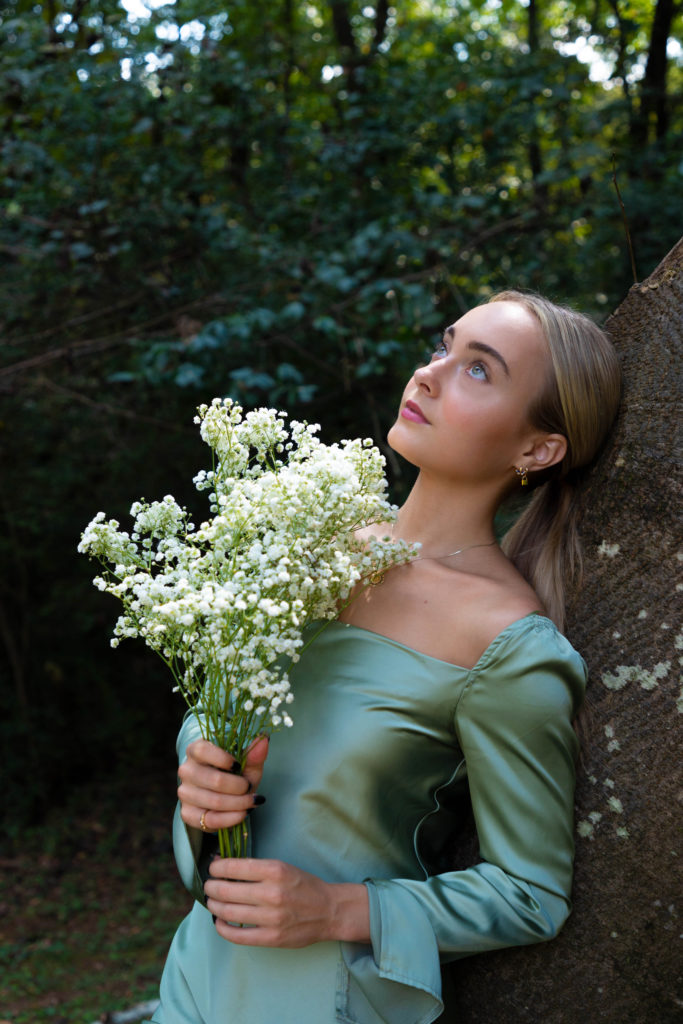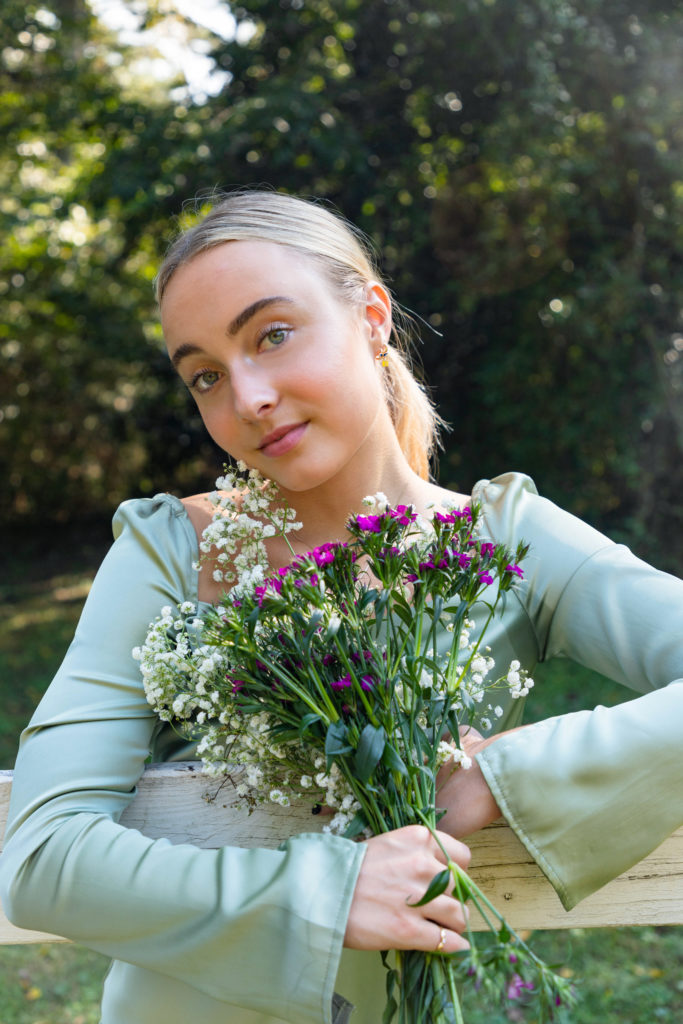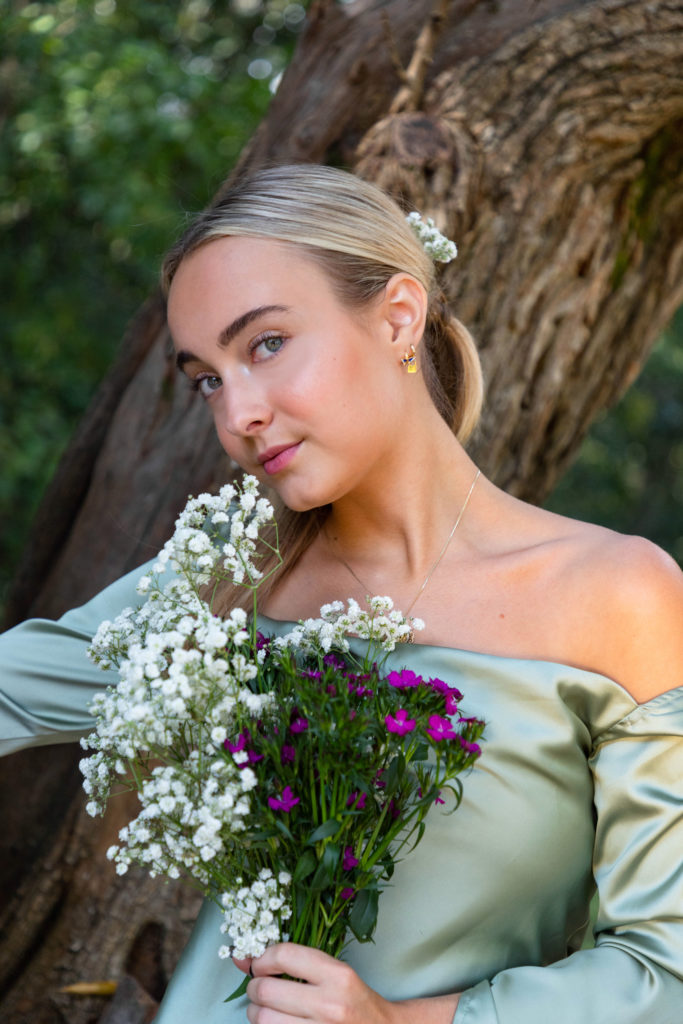How to: Shoot the great outdoors with natural light
Here’s a secret… natural lighting is perfect for portrait photography. Although studio lighting is great for many things, it can often be expensive, time-consuming and laborious with equipment setup and disassembly. The most powerful light is the sun, which costs nothing. The only gripe photographers have with working with the sun is that it cannot be controlled and the lighting conditions often change. For some photographers however, this is the most enjoyable part! Photographing with the light that the sun provides gives the photoshoot a special uniqueness. Photographers shooting outdoors can often have trouble taking the same photo twice because of the variables in the environment each day.
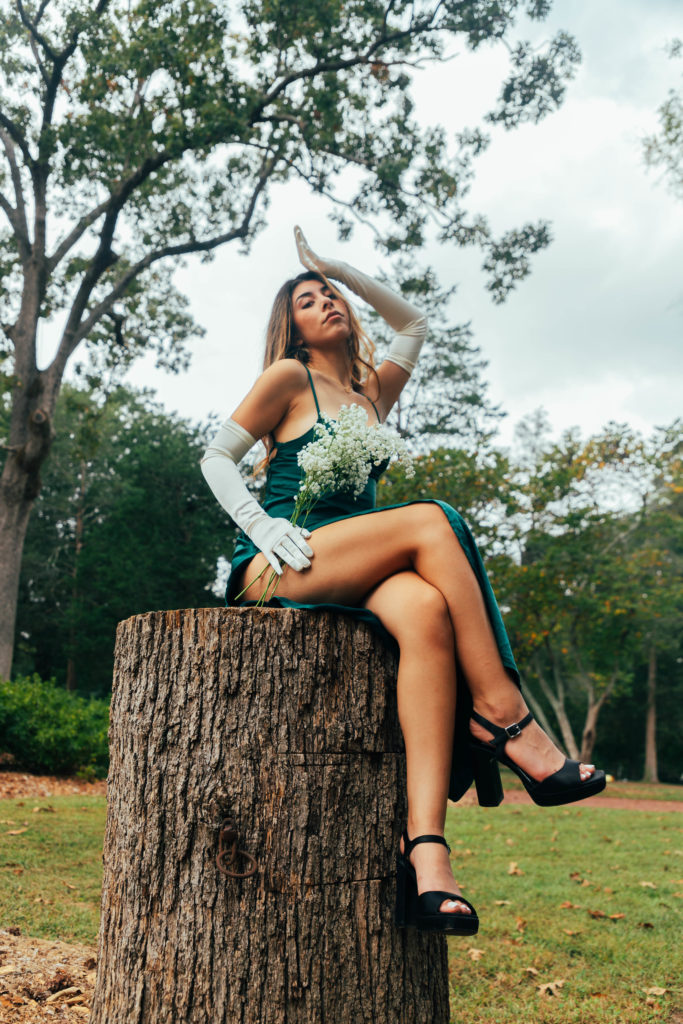
Model: Lizeth Pinal. Photos by Lexi Waldman. 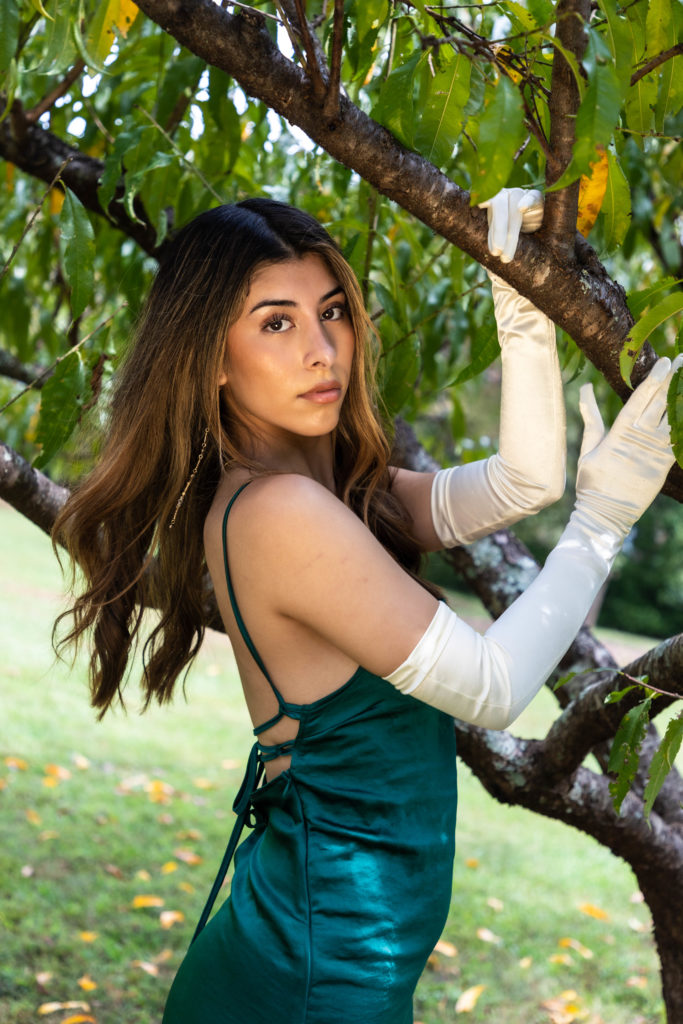
Model: Lizeth Pinal. Photos by Lexi Waldman. 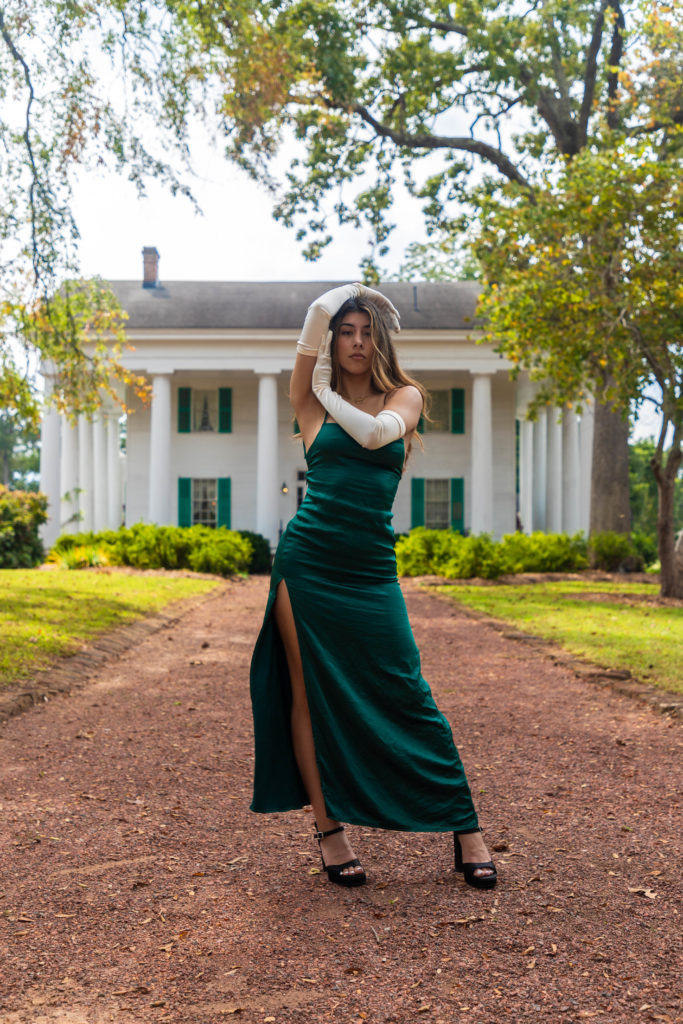
Model: Lizeth Pinal. Photos by Lexi Waldman. 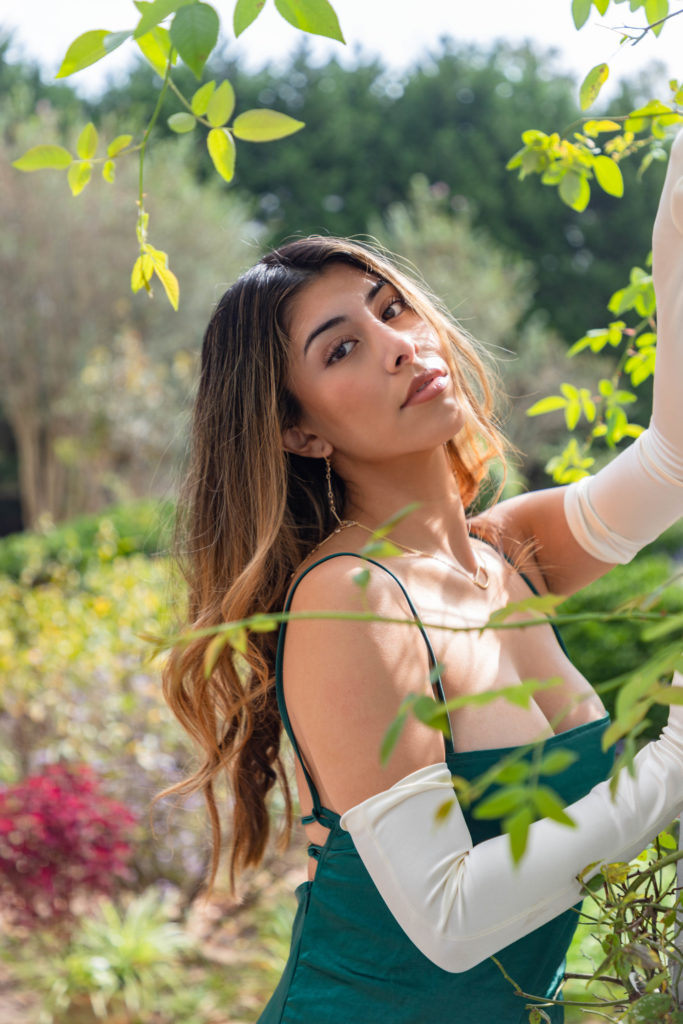
Model: Lizeth Pinal. Photos by Lexi Waldman. 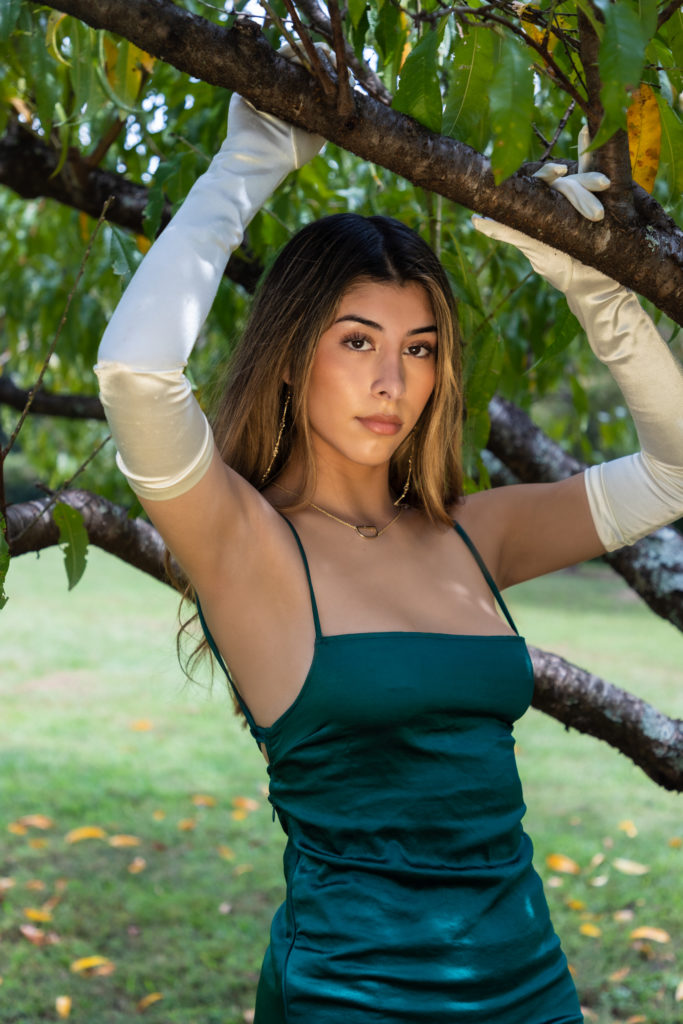
Model: Lizeth Pinal. Photos by Lexi Waldman. 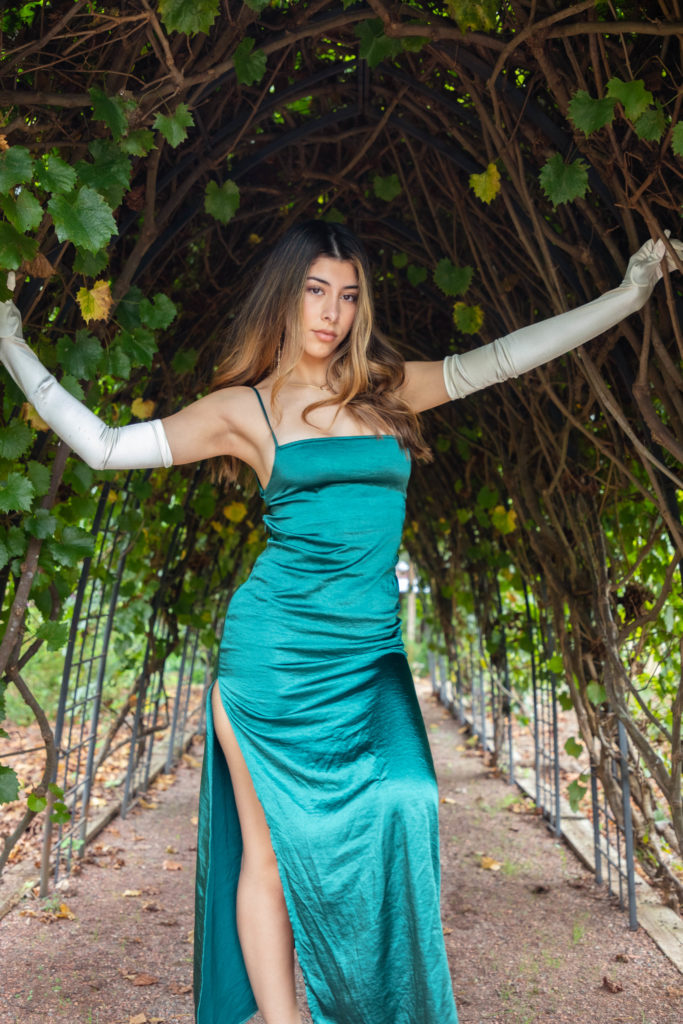
Model: Lizeth Pinal. Photos by Lexi Waldman. 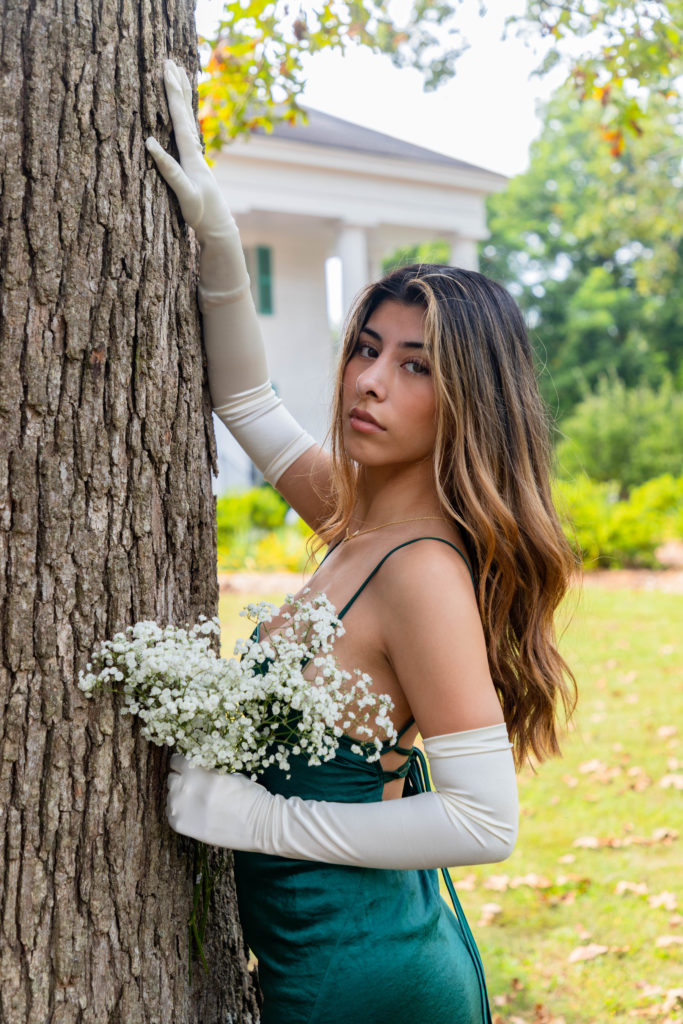
Model: Lizeth Pinal. Photos by Lexi Waldman. 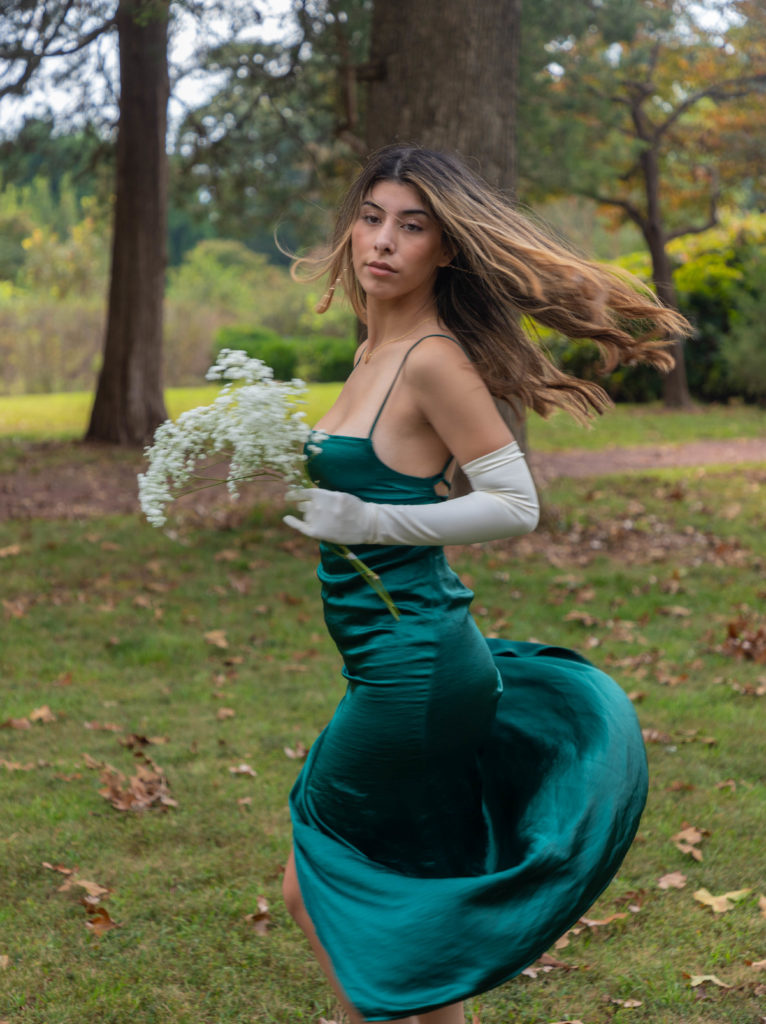
Model: Lizeth Pinal. Photos by Lexi Waldman.
The most important thing to know when taking portraits outdoors is when to capture the best light for your photoshoot. Most photographers would say that a day with direct sunlight is usually not a good day to photograph. You will most likely have very harsh light and sharp shadows. A semi-cloudy day is ideal for making the light look soft on your model. The time of day is also an important factor. Morning to midday, around 9 a.m. to 12 a.m. is ideal for most portraits. During the afternoon you will get the strongest sunlight which is ideal for certain uses like documentary photography and abstract photos. As in studio lighting, the choice of lighting conditions outdoors often depends on the subject matter. The golden hour is also a great time to photograph with the only downside being the sun sets very quickly.
If it is your first time photographing someone outside, it is best to look around at the scenery to see the possibilities to create an aesthetic you are going for and to stay away from shadows. Another huge role in photographing outdoors for a portrait is location. Make sure you feel comfortable in the location of your choosing and that the model you are photographing is flexible with the environment.
Some things to consider:
- Bring a reflector
- Always focus on the eyes
- Avoid street signs
- Avoid direct sunlight
- Using an attached flash
- Start with a 50 mm lens or 24-105 mm
- Choose the correct white balance
All of these are just technical suggestions but they can make a world of difference!

























